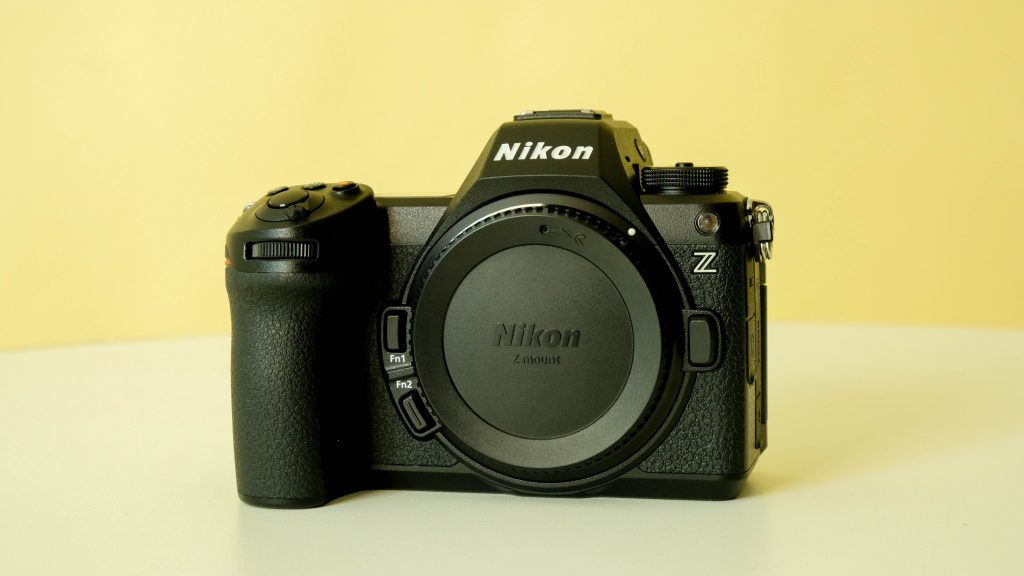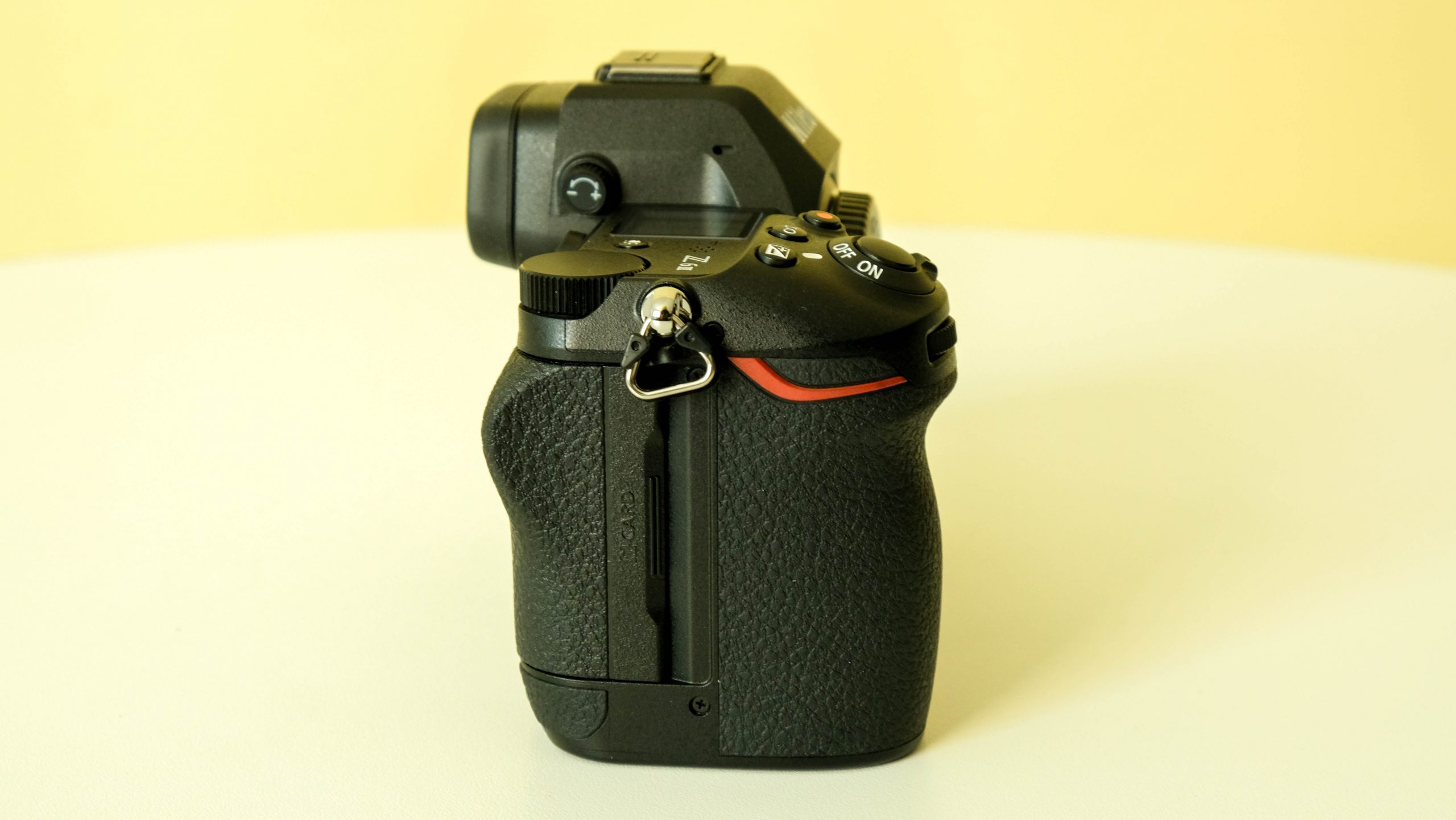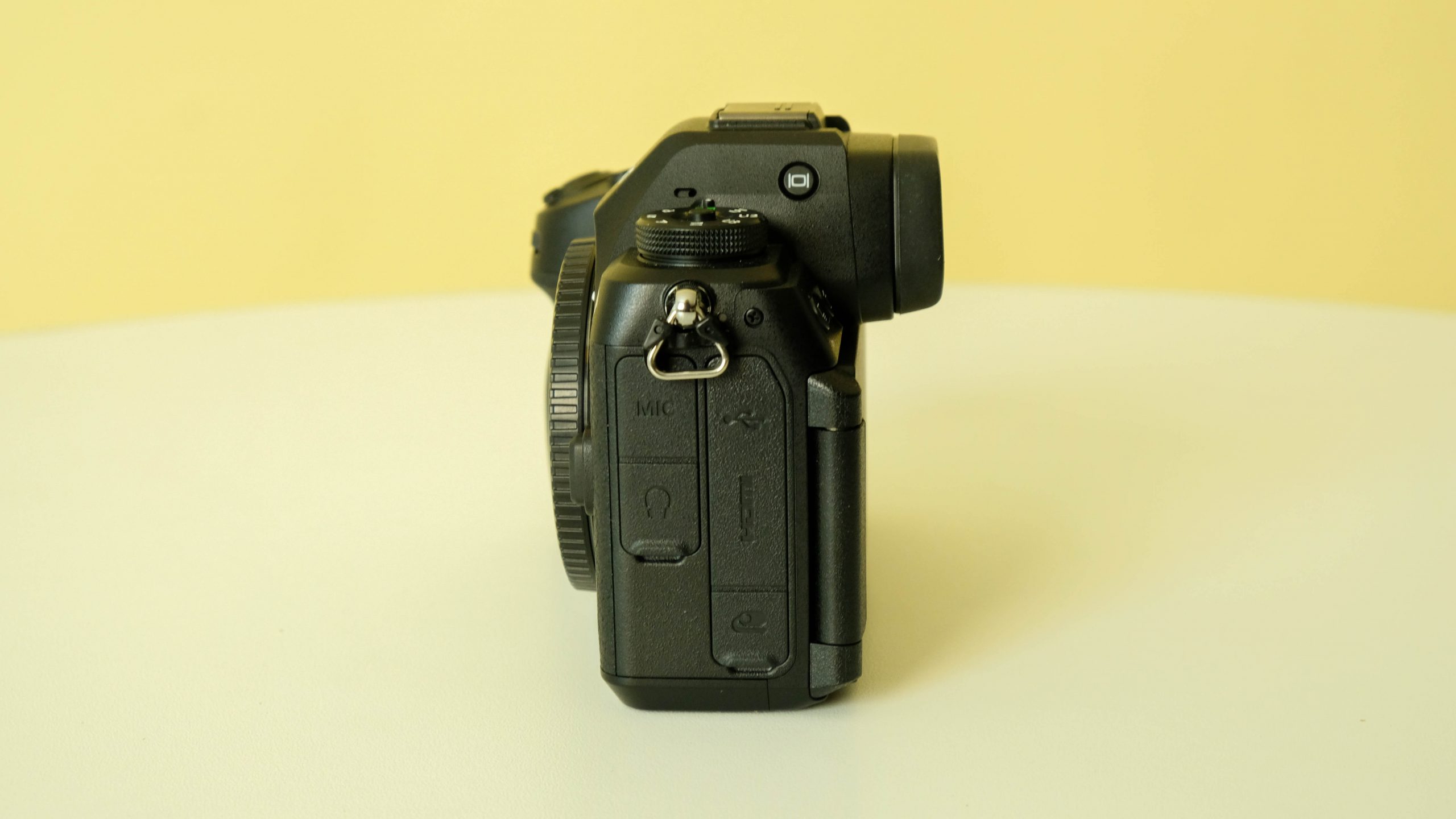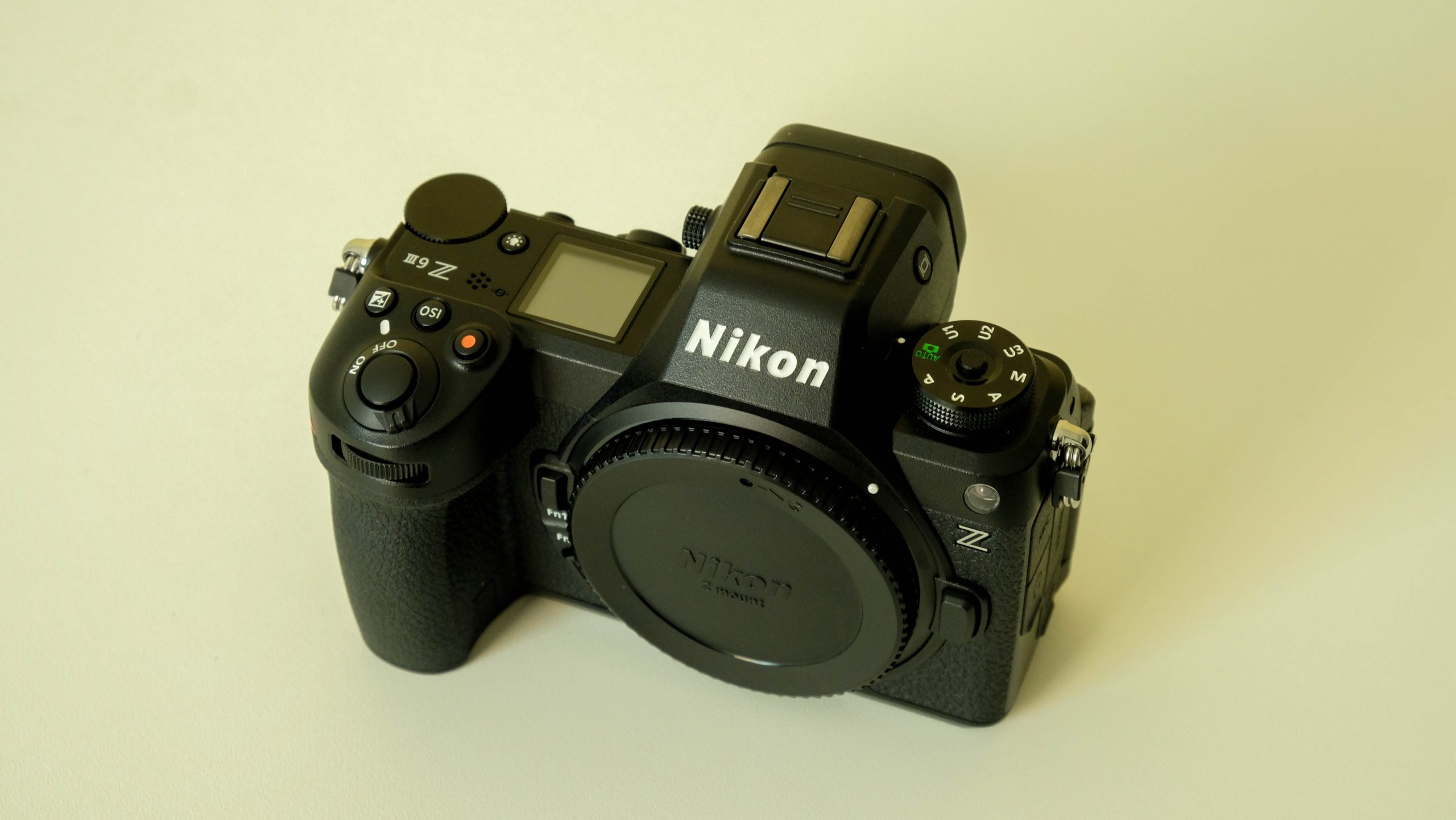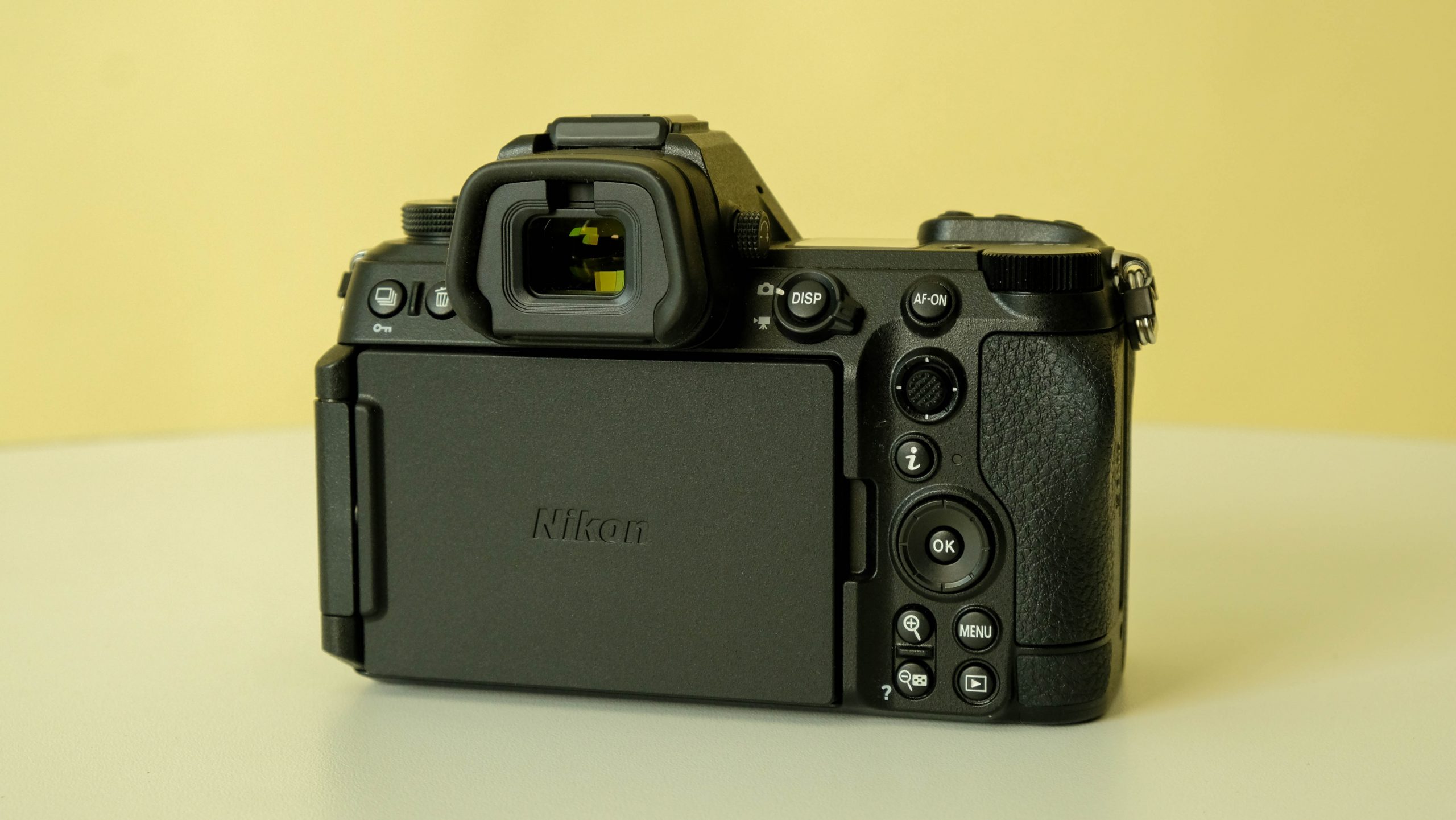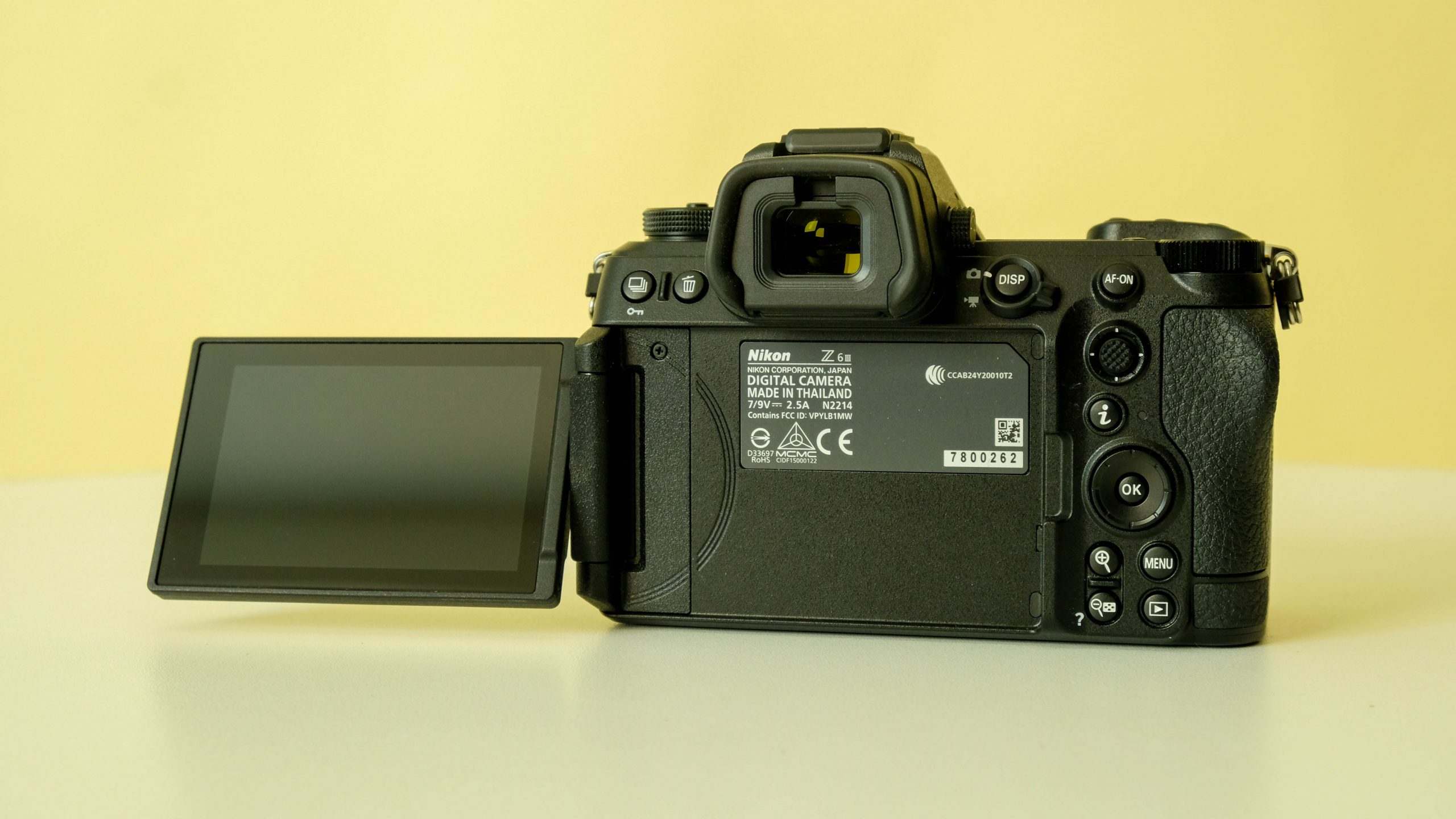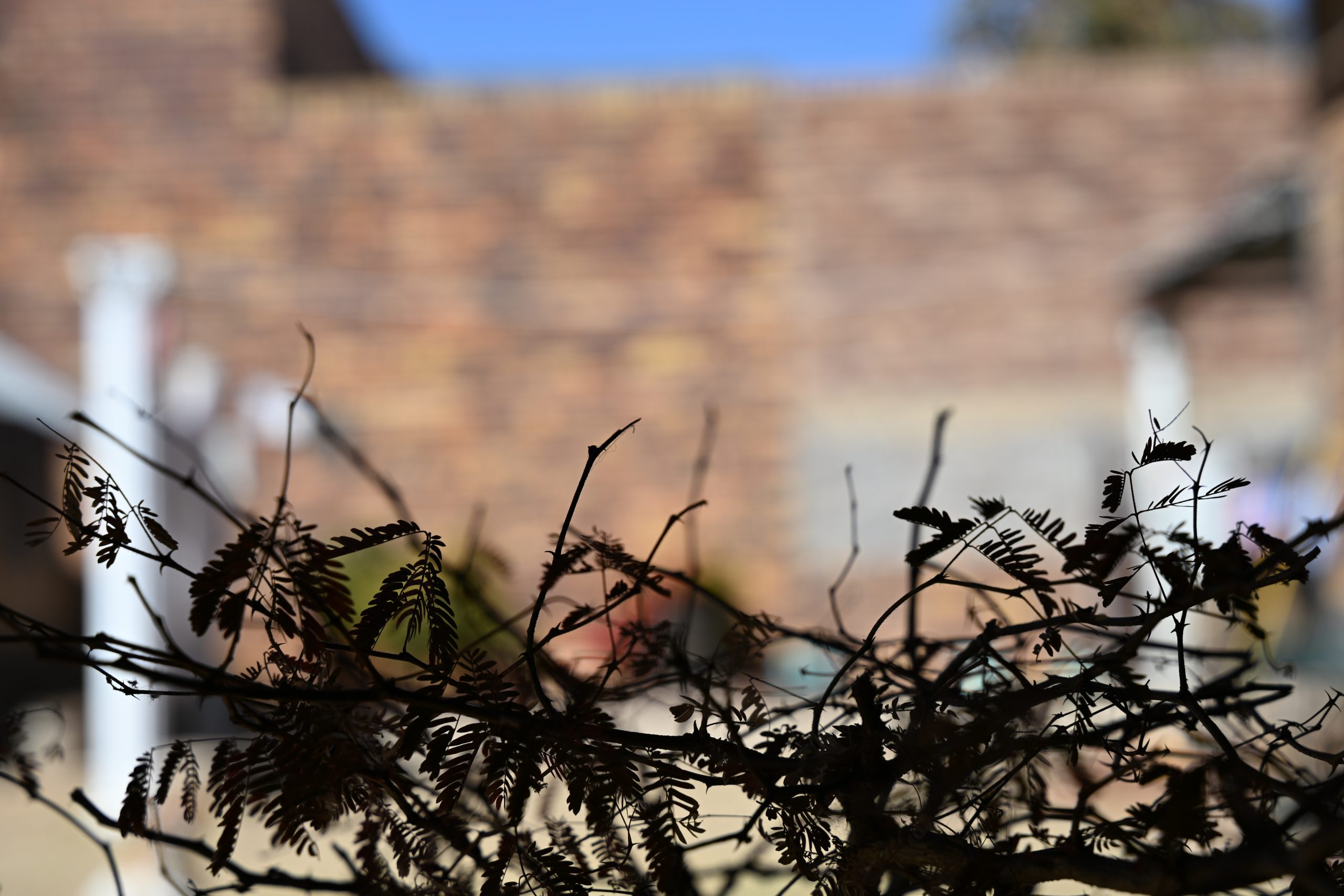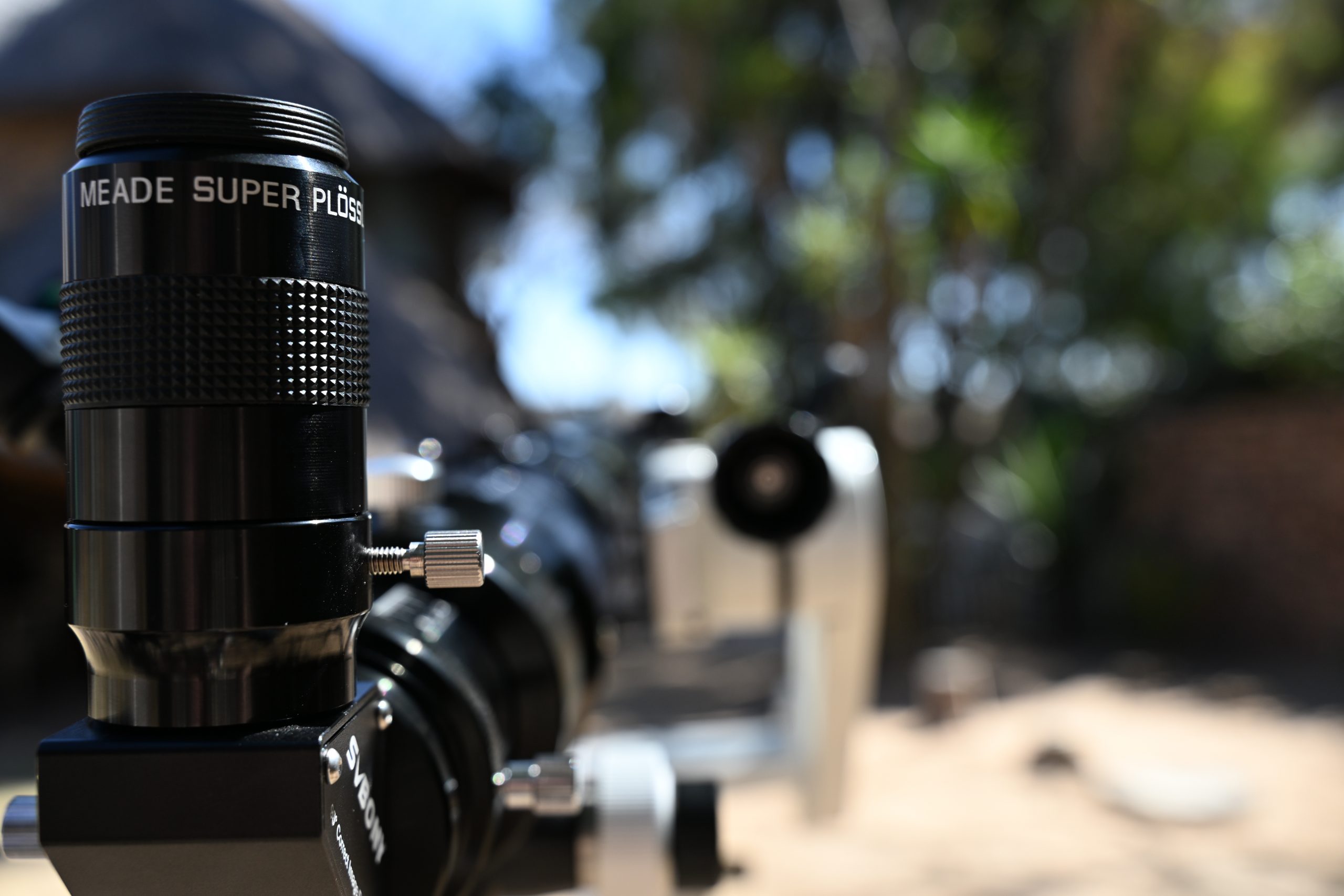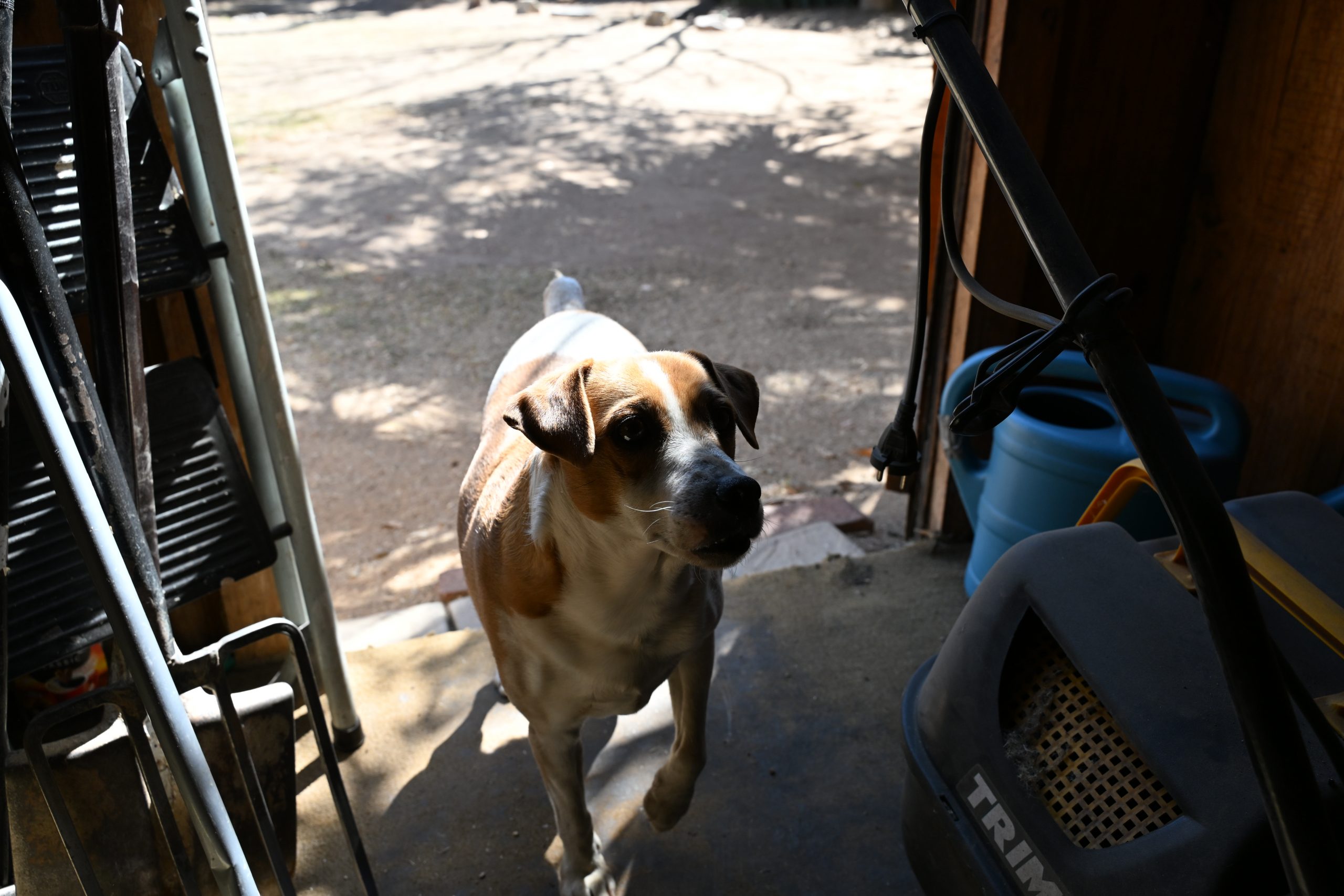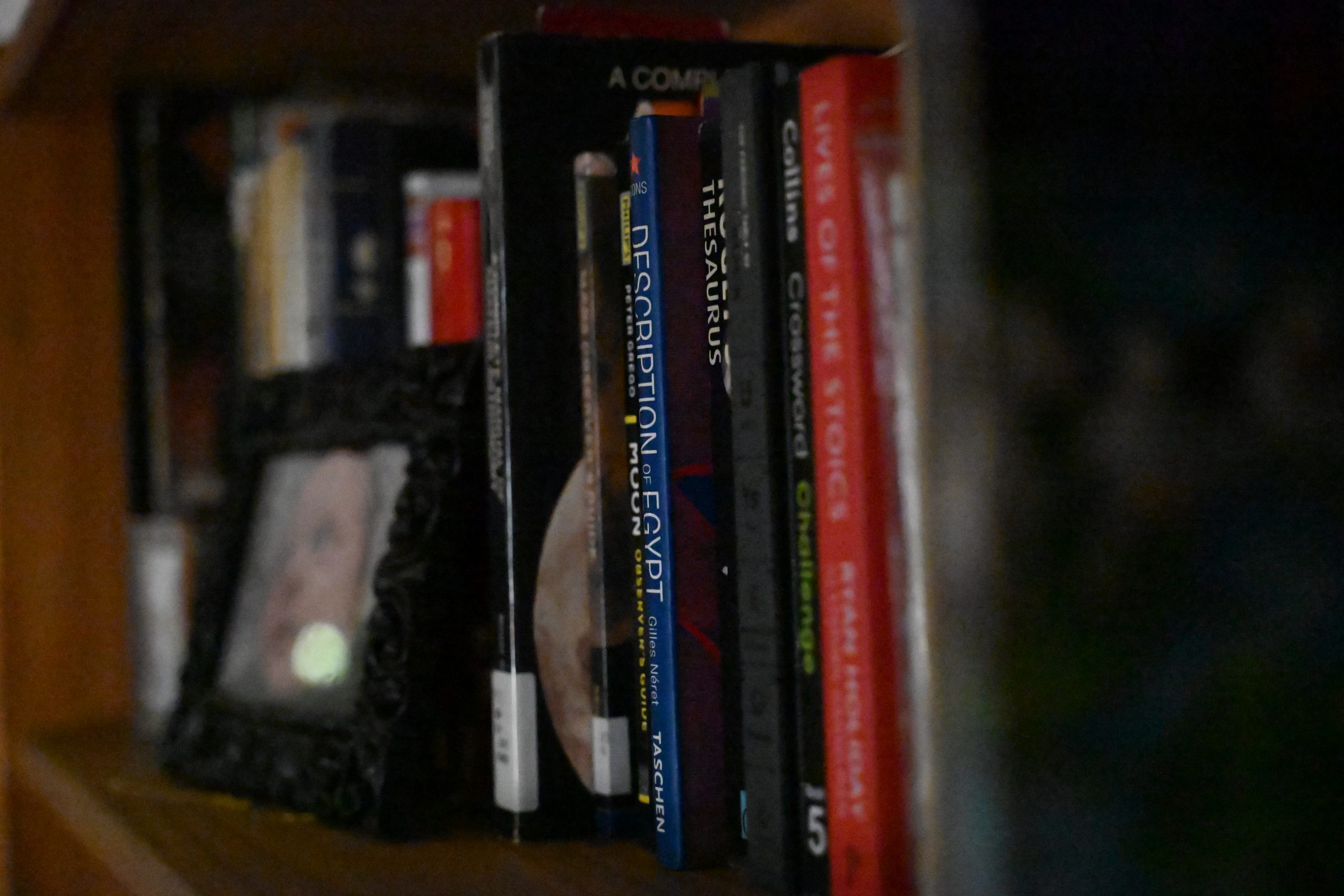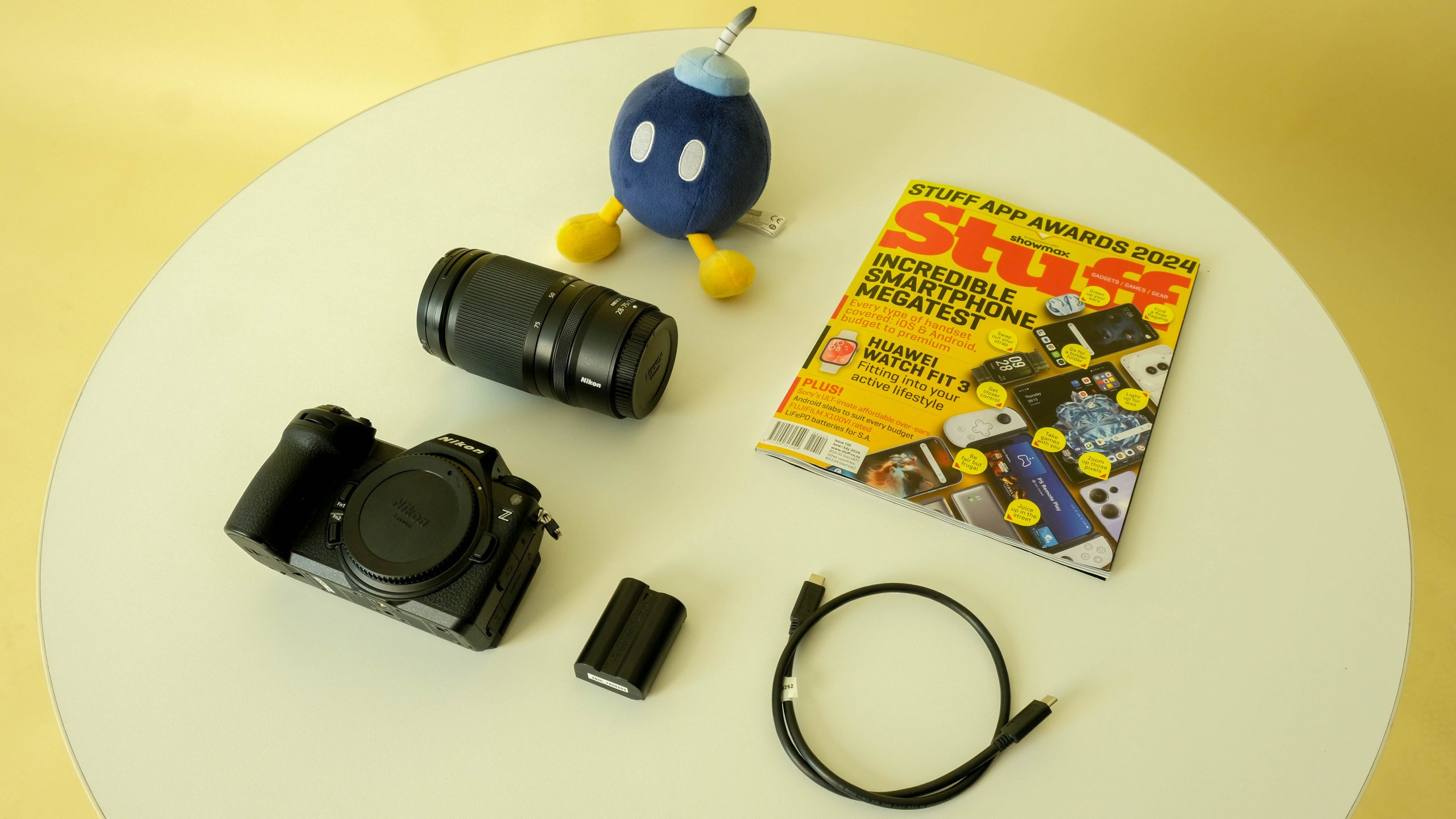The Nikon Z6 III is a camera that pros will find themselves have fun with and serious amateurs will end up taking seriously. It excels in most roles without demanding scaring-away levels of money from the user. Nikon's partially stacked sensor adds excellent autofocus chops to a finely-tuned body that will perform as well as you're able to use it. The user is the limit in most cases.
-
Design
-
Features
-
Performance
-
Battery
-
Value
It’s been simply ages since Stuff has had its hand on a new Nikon camera so having the Nikon Z6 III plop onto our desks was a welcome event. Unfortunately, it’s been so long that we’ve got almost nothing to directly compare the camera to.
Normally this would be a problem, and it does make a review more challenging, but the Z6 III is handily capable of standing up on its own. As full-frame mirrorless cameras go, Nikon has tried to strike a balance between price and performance here and has mostly straddled the line that appeals to folks on both sides. It’s not a bargain snapper by any means but nor is it priced like a second-hand dealership car.
Weather the storm
You’ll have experienced something like the Nikon Z6 III’s rugged frame at some point. Whether you’ve handled an older pair of binoculars of dubious provenance or tweaking the settings on a high-end camera from Japan, the Z6 III’s black textured surface will feel familiar. The ergonomics might also ignite a memory-holding neuron or two but Nikon has made this one extraordinarily comfortable to use. If anything, the frame might be too compact.
Much of this is the right-hand grip but dial and button placement and the 670-gram weight have their part to play. That last number is for the body only. Add one of Nikon’s lenses, like the Z 35mm or the Z 180-600mm, and you’ll add anything from 400 grams to two kilograms. Assuming you’re normal, snapping off shots with the 35mm lens is a balanced experience. Forearm fatigue is kept to a minimum but you’ll have your work cut out replicating that with Nikon’s VR lens.
Button placement is on par with high-end cameras and users will find little to complain about. Everything is within easy reach of curled fingers. Some practise will see even novices swapping modes and settings while tracking an object through the excellent viewfinder. The body is weatherproofed and will handle most conditions short of a frozen wasteland or the Sahara desert. It can’t swim, though.
Solidly stacked
We’ll get to the other bits and pieces, including the excellent rear LCD panel. First, a word about the Z6 III’s sensor. Nikon calls it a “partially stacked” sensor. Unlike the better-stacked Nikon Z8 and Z9, the Z6 III integrates a portion of sensor circuitry in front of and behind the 24.5MP CMOS sensor the Japanese brand serves up here. Performance is improved enough to make it a compelling choice at this price point but not so much that it threatens Nikon’s flagship devices. Fully stacked sensors integrate more, resulting in a better speed boost at a much higher price point.
Autofocus gets a significant boost from the new sensor with object recognition and eye-tracking skills allowing for faster, cleaner shots. Burst speed is also tweaked, up to 20fps with the electronic shutter. This cuts back on the rolling shutter effect at high speeds but it’ll still show up in extreme cases. For the target user, though, the Z6 III’s acquisition and capture skills should prove more than adequate.
Image stabilisation is also uniformly excellent thanks to that partially-stacked sensor. Couple this with the ability to shoot 6K (6,048 x 3,404) video at 60fps in ProRes RAW or RAW and Nikon’s camera looks more like an essential for semi-pros.
Mic and the mechanics
There’s much to be said about the video skills the Z6 III brings to the loosely hanging camera bag. It’s not just the speedy capture of motion at high speed. Nikon has also thought to see the body with a stereo microphone and headphone ports, letting you spec the frame into something a little more studio-worthy. The 3.2in LCD has no small part to play in turning the Z6 III into a one-man rig.
It swivels out 180°, rotating to face outward. If you’re filming a vlog, interview, or anything else that requires you to be in front of the lens, Nikon’s large, bright screen is an essential addition. It makes the purchase price more palatable if you know what you’re looking for.
Quantities of quality
There are a lot of words here about what the Nikon Z6 III is. How about how it performs? In practice, it’s as simple as sticking something in front of the lens and clicking the shutter. It’s possible to take shoddy photographs but you’ve almost got to work at it. Autofocus will spit out competent shots for the clueless amateur to show off their picture prowess with but exploring everything the Z6 III has to offer takes a bit more learning.
Nikon lets users set exposures to anywhere from thirty seconds to 15 minutes, making this a candidate for serious night-time photography. On a tripod, please. We’d hate to see a handheld 15-minute exposure, no matter how steady your hands are. Pre-release burst, a feature of other Nikon cameras, makes its way here too. It buffers a second before and after you depress the shutter and could be the difference between making and missing your shot. If you’re still learning, the Z6 III offers some forgiveness for tardy fingers.
For R50,000, there’s almost no such thing as a poor image. It’s down to the user at this point but if you’re even vaguely educated in how to use your camera, the Nikon Z6 III will ensure you’ve got something solid to work with. If you’re a pro, then you’ll find that swinging this camera around is more fun than wielding a serious slab of hardware.
Nikon Z6 III verdict
Will you be pleased to fork over R50,000 for a shiny new Nikon Z6 III? If you’re the type to take your photography seriously then yes. It’s not a beginner’s rig and you’ll need either existing lenses, a pricier package, or an extra purchase to get your photographic ball rolling. but you’ll be well-served by what Nikon has provided here. The build is excellent, image quality is fantastic, and Nikon’s autofocus skills will help you level up your own.
The price is a limiting factor. Not everyone has fifty grand to throw at their hobby. Those that do will be happy with the performance here across the board. Pros might find something to complain about but the average camera-savvy user will encounter very little that fits in the Cons column. Our only real complaint? It’s been too long since we had a new Nikon to play with. Still, the dry spell is broken. Hopefully, there will be more camera-spitting clouds on the horizon.

